Fantastic Felines: How Cats Became Divine Symbols in Ancient Egypt
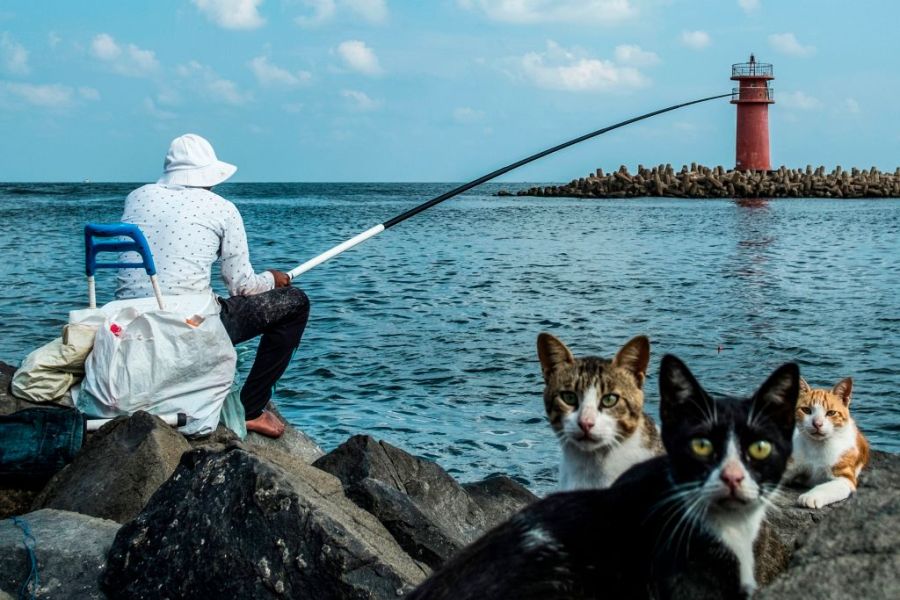
While June 5th marks the start of Pet Appreciation Week, cats worldwide would likely argue that there are precisely 52 of those appreciation weeks each year. As any kitty can tell you, cats have been honored since long before they took over the internet with videos of their adorable antics — a journey that actually takes us back to ancient Egypt. In celebration of a holiday that acknowledges how loyal and wonderful our feline friends are — and how they deserve every bit of our adoration — we’re traveling back in time to explore why ancient Egyptians were every bit as obsessed with cats as we are today.
Where Did Domesticated Cats Come From?
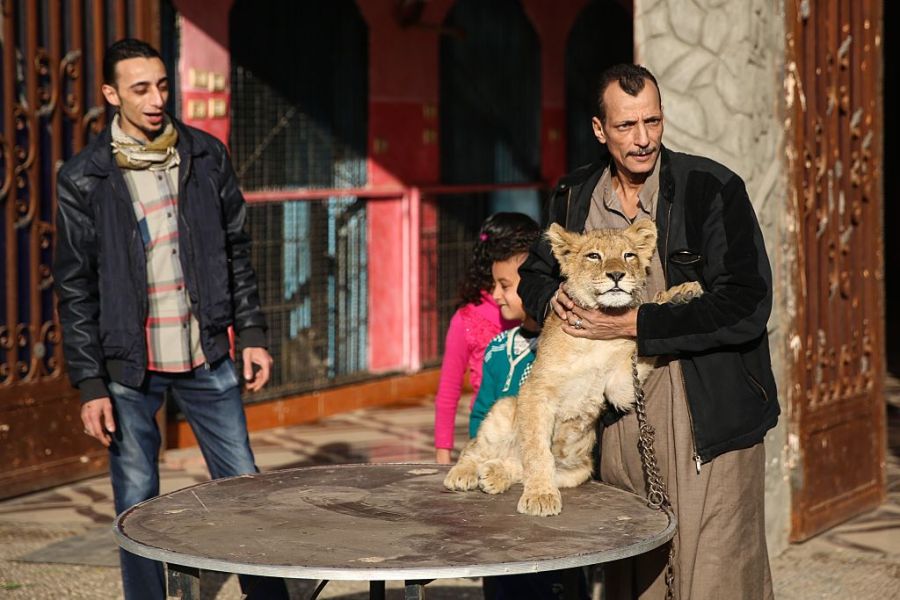
While most modern house cats insist that they’re the grandchildren of lions or panthers, today’s domesticated cats actually descend from the Felis silvestris lybica, also known as the African wildcat. Native to Africa and Asia, these small wildcats are a tad bigger than the average house cat but are otherwise pretty similar in appearance.
But when did cats graciously decide to allow humans into their lives? A 9,500-year-old grave of a man buried with his feline friend suggests that cats and people have been pals for thousands of years. Archaeologists have also found evidence of cat domestication in other parts of the world, such as ancient China. Ancient Egypt, however, takes the prize for leaving behind the most evidence of cat-human companionship.
Ancient Egyptians highly revered both jungle cats and the smaller wildcats that eventually became their familiars. Evidence of ancient Egypt’s cat craze can be seen in countless pieces of art, some of which date back to 3500 B.C. Not only have archaeologists uncovered plenty of cat paintings, statues, and amulets, but they’ve also even unearthed can coffins and cats that were mummified and buried alongside their owners. Even the massive Sphinx has the body of a lion.
But just how did these ancient humans and felines become friends? Unlike horses, goats, or cattle, it turns out that cats more or less domesticated themselves when they were good and ready.
The Role of Cats in Ancient Egypt
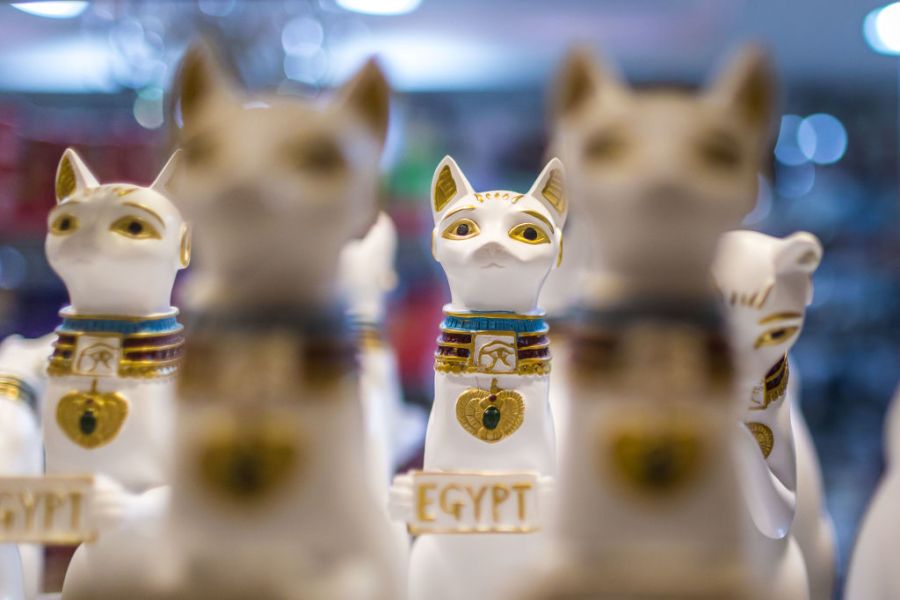
Rather than being forced into lives of servitude, cats casually sauntered into the lives of humans by simply demonstrating their unique set of skills. This came about after people discovered the joys of architecture and began abandoning the nomadic lifestyle in favor of permanent towns and settlements.
While civilization definitely had its perks, farming also came with the challenge of keeping rats and other vermin from destroying crops. Luckily, what looked like a rodent problem to early farmers looked like a buffet to ancient wildcats. Soon, cats began venturing into human territory, where they hunted down everything from rats to snakes.
When people realized that cats were the perfect solution to their pest-control problem, felines became not only welcome additions to farming communities but were also elevated to the status of celebrated protectors. Over time, ancient Egyptians began to admire cats for many of the same reasons we do today. Cats are clever, stealthy, and remarkable hunters. But they also have a playful, loyal side that’s impossible to resist.
Significant Cat Symbolism in Ancient Egyptian Theology
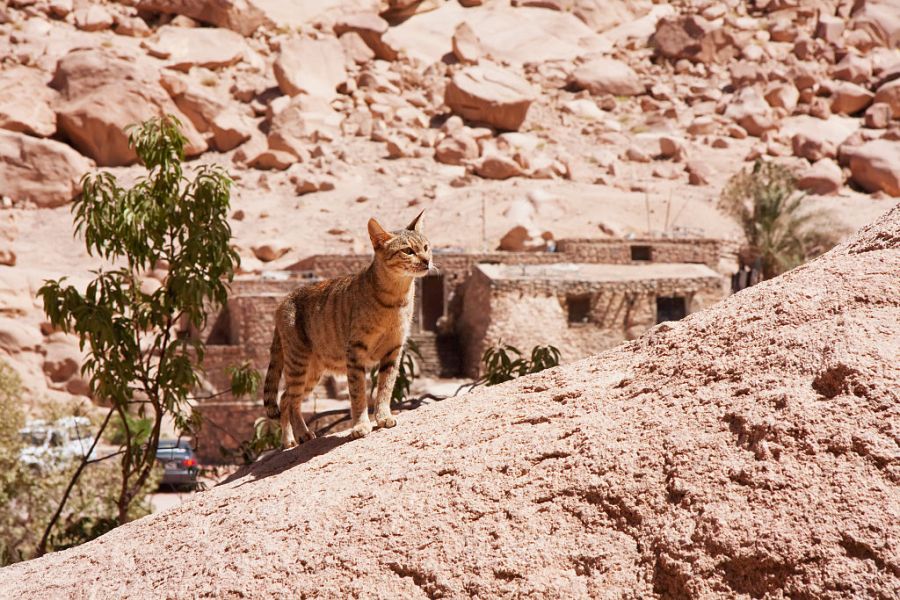
The ancient Egyptians were highly in tune with the natural world and often used animal symbolism to depict various aspects of their gods. So, it wasn’t long before stories started circulating of gods inhabiting the bodies of cats or taking on full or partial feline form. This may be one of the reasons why willfully harming a cat, except for the purpose of mummification, was punishable by death in ancient Egypt.
In one famous story from the Book of the Dead — a collection of documents detailing ancient Egyptian beliefs about the afterlife — the Egyptian god Ra takes on the form of a large cat named “Mau” in an epic battle against the dreaded serpent Apep. Ra’s daughter Bastet, however, is quite possibly better known for her link to felines than any other Egyptian deity. Among the most popular goddesses of the Egyptian pantheon, Bastet was known to roam the desert in the form of a fierce lioness.
Over time, her image softened as she gradually began appearing more in the form of a domesticated cat. This may have happened because cats were often associated with fertility and motherhood. Due to the large number of kittens that a cat could have in a single litter, cats were often depicted sitting under women’s chairs in murals.
Last but not least, some scholars believe that the cat’s circular sleeping pose was a powerful symbol to the ancients. As scholar Manly P. Hall points out, “The cat was also a symbol of eternity, for when it sleeps, it curls up into a ball with its head touching its tail.”
Were Cats Worshiped in Ancient Egypt?
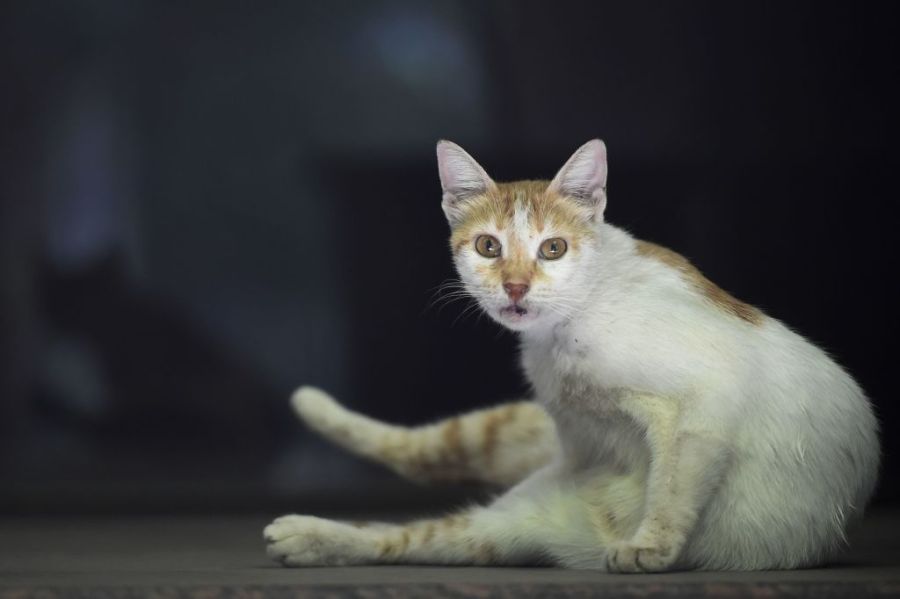
It can be tricky to explain the cat’s significance in ancient Egyptian religion because the belief system was unique. While cats weren’t necessarily worshiped as gods themselves, many Egyptians believed that each one carried a little bit of Bastet’s divine energy. Cats were, of course, considered sacred to the goddess, which likely explains why so many of them were mummified after death.
If you think your cat is spoiled, look into the tomb of an ancient Egyptian cat named Ta-Miu, the beloved companion of Prince Thutmose, son of Pharaoh Amenhotep III. Upon Ta-Miu’s death around 1350 B.C., the prince buried her in a fully decorated limestone sarcophagus. The beloved feline’s final resting place included hieroglyphics depicting her receiving offerings at a sacrificial table. It was also inscribed with the words, “I myself am placed among the imperishable ones that are in the Sky / For I am Ta-Miu, the Triumphant.”
But it wasn’t until the Battle of Pelusium that the Egyptians may have demonstrated their unparalleled devotion to felines once and for all. As recorded by the historian Polyaenus, when Cambyses II of Persia invaded Egypt in 525 B.C., he used his enemy’s love of cats against them. Well aware that Egypt was full of cat lovers, Cambyses II had all his soldiers paint images of Bastet on their shields and then arranged a horde of cats right at the head of his army.
So horrified were the Egyptians at the idea of the cats coming to harm that they lost the battle rather than take this risk. That’s truly putting the “cat” in “dedication.”





